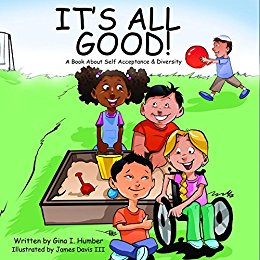 It’s All Good: A Book ABout Self Acceptance & diversity by Gina I. Humber shares a timely and important message about diversity and acceptance, of embracing differences in ourselves and others. It features a sequence of children who happen to be classmates. Each child is different in a visible way and each experiences prejudice and hurtful comments from classmates. Each also participates in subtle “othering” of classmates.
It’s All Good: A Book ABout Self Acceptance & diversity by Gina I. Humber shares a timely and important message about diversity and acceptance, of embracing differences in ourselves and others. It features a sequence of children who happen to be classmates. Each child is different in a visible way and each experiences prejudice and hurtful comments from classmates. Each also participates in subtle “othering” of classmates.
This is one of the aspects which I appreciate in this book. It reminds readers how easy it is to call out others for mistreating us and simultaneously be blind to the biases and “othering” of which we ourselves may be guilty. This awareness is a vital part of addressing and eliminating any biases we–and our children–might hold, many of which we are not even consciously aware of believing. (Sometimes we even hold biases against ourselves!)
By highlighting this subconscious double standard, we help kids to build bridges of acceptance. Once we admit, that we too, have regarded others as less than, it makes it difficult to cry foul. Awareness allows us to move forward to being a conscious force for kindness, respect and equality. And that is a very good thing.
This book offers a wonderful gateway to important conversations about victimization, the collusion of silence and the courage to stand up for self and others. These are big concepts. Very big. They are also essential topics to explore with kids. It’s All Good is a tad heavy-handed. Still, it is a fabulous tool for parents and teachers to share with kids. (And it offers a good reminder to the adults, that they too, have blind spots, biases and feelings of being an outsider.) It also emphasizes the benefit of valuing differences in ourselves and others because differences are precisely what make each person unique.
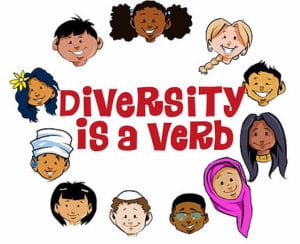 The kindle version of It’s All Good: A Book ABout Self Acceptance & Diversity is available on Amazon and the paperback is sold on her website. Gina’s website is chock full of resources. Please visit and take advantage of her work on Diversity Is A Verb which aims to build “platforms for discussions surrounding topics of: global diversity, self-acceptance, special needs, and body imaging for both young and mature adults. … Diversity is a Verb strives to be a source of empowerment to all involved; improving environmental and social conditions.”
The kindle version of It’s All Good: A Book ABout Self Acceptance & Diversity is available on Amazon and the paperback is sold on her website. Gina’s website is chock full of resources. Please visit and take advantage of her work on Diversity Is A Verb which aims to build “platforms for discussions surrounding topics of: global diversity, self-acceptance, special needs, and body imaging for both young and mature adults. … Diversity is a Verb strives to be a source of empowerment to all involved; improving environmental and social conditions.”
![]() Adoption-attuned Lens This book invites discussion of adoption as it is one profound way that adoptees differ from their non-adopted family, friends, and classmates. It’s also one of the most common ways adoptees find themselves being “othered.” Ask kids about their how they’ve been belittled for being different. Follow this up with explorations of ways they might have been the perpetrators of bias. Conclude with conversations that help them develop action points of to respond and stand up for themselves as well as others. Embracing differences in ourselves and others is a full-circle approach which requires us to live the Golden Rule. How might this principle benefit families, classrooms, schools and our country?
Adoption-attuned Lens This book invites discussion of adoption as it is one profound way that adoptees differ from their non-adopted family, friends, and classmates. It’s also one of the most common ways adoptees find themselves being “othered.” Ask kids about their how they’ve been belittled for being different. Follow this up with explorations of ways they might have been the perpetrators of bias. Conclude with conversations that help them develop action points of to respond and stand up for themselves as well as others. Embracing differences in ourselves and others is a full-circle approach which requires us to live the Golden Rule. How might this principle benefit families, classrooms, schools and our country?





http://wp.me/p4vGHg-I6
What Is #DiverseKidLit?
Diverse Children’s Books is a book-sharing meme designed to promote the reading and writing of children’s books that feature diverse characters. This community embraces all kinds of diversity including (and certainly not limited to) diverse, inclusive, multicultural, and global books for children of all backgrounds.
We encourage everyone who shares to support this blogging community by visiting and leaving comments for at least three others. Please also consider following the hosts on at least one of their social media outlets. Spread the word using #diversekidlit and/or adding our button to your site and your diverse posts.

We hope this community will grow into a great resource for parents, teachers, librarians, publishers, and authors! Our next linkup will be Saturday, February 4th and on the first and third Saturdays of every month.
Upcoming Theme
Our theme for the current month is Human Rights. Themes are a suggestion only; all diverse book posts are welcome. If you’re interested, you can start planning now for our upcoming themes …
- February 4th and 18th linkups: Love. Let’s spread our love of diverse books by sharing diverse books about love, families, and relationships.
- March 4th and 18th: Changing Seasons. As we eagerly await the beginning of Spring in the Northern Hemisphere and Autumn in the Southern, let’s share favorite books and resources on the seasons.
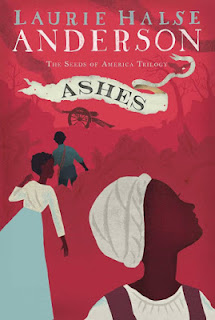 Most Clicked Post from Last Time
Most Clicked Post from Last Time
Our most-clicked post from last time was a review by Alex of Randomly Reading of Ashes,
book 3 in Laurie Halse Anderson’s Seeds of America trilogy.
#DiverseKidLit is Hosted by:
Katie @ The Logonauts Blog / Twitter / Facebook / PinterestCarolina @ La Clase de Sra. DuFault Blog / Twitter / Facebook / Google+
Gayle Swift, Author of ABC, Adoption & Me Blog / Twitter / Facebook / Google+
Jane @ Rain City Librarian Blog / Twitter / Instagram
Marjorie @ Mirrors Windows Doors Blog / Twitter / Facebook / Pinterest
Mia @ Pragmatic Mom Blog / Twitter / Facebook / Pinterest / Instagram
Myra @ Gathering Books Blog / Twitter / Facebook
Want to be notified when the next #diversekidlit linkup goes live? Click here to join the mailing list. Interested in joining as a host or an occasional co-host? Contact katie at thelogonauts.com.
(Never participated in a linkup before? Please click here for a more detailed step-by-step.)
Get #DiverseKidLit Recommendations on Pinterest!
Our Pinterest board highlights a wide range of amazing posts and resources for Diverse Children’s Books. Please consider following the board for even more great books!



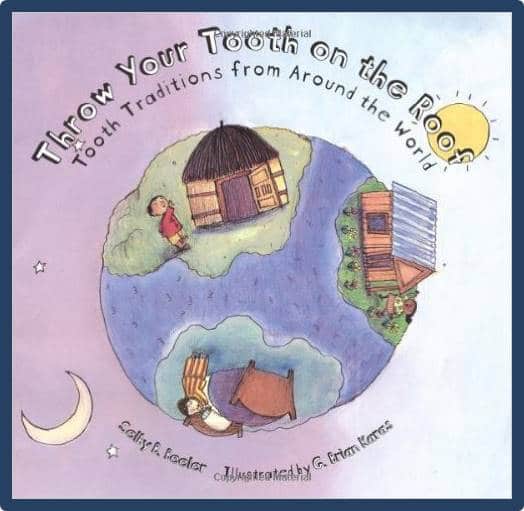 In today’s strife-ridden global world, it is reassuring to focus on the commonalities that unite us instead of the differences that divide us. Cultures around the world celebrate universal childhood milestones.
In today’s strife-ridden global world, it is reassuring to focus on the commonalities that unite us instead of the differences that divide us. Cultures around the world celebrate universal childhood milestones. 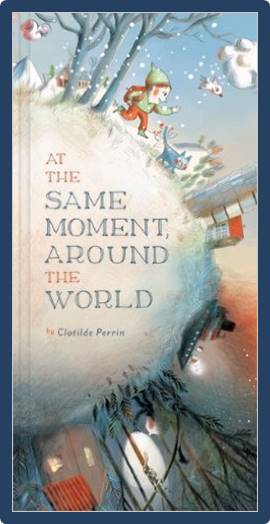
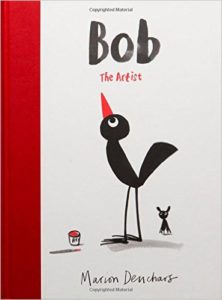

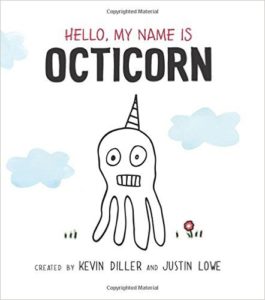 Hello, My Name Is Octicorn
Hello, My Name Is Octicorn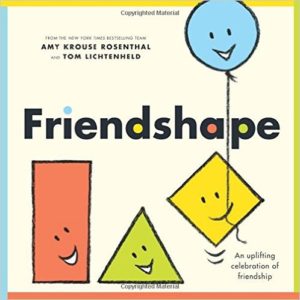
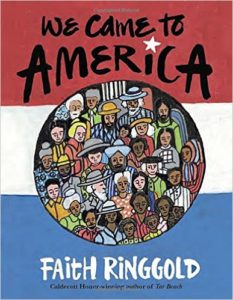
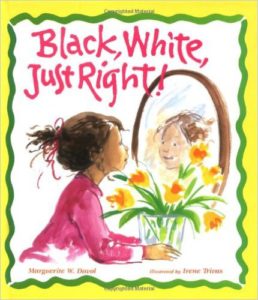 by Marguerite W. Davo introduces us to a multi-racial family; Mom is black and dad is white. Told through a young girl’s words, the reader learns various ways she is a blend of the differences between her parents: race, personality, size, music preferences, etc. For example, Dad’s got a taste for rap. Mom prefers ballet. Mom bustles. Dad strolls. Mom enjoys African art while dad likes Modern Art.
by Marguerite W. Davo introduces us to a multi-racial family; Mom is black and dad is white. Told through a young girl’s words, the reader learns various ways she is a blend of the differences between her parents: race, personality, size, music preferences, etc. For example, Dad’s got a taste for rap. Mom prefers ballet. Mom bustles. Dad strolls. Mom enjoys African art while dad likes Modern Art.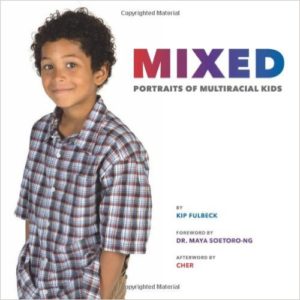
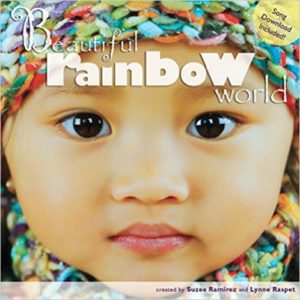
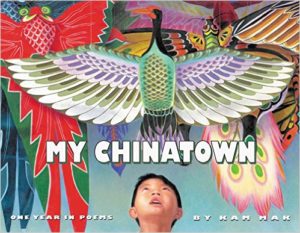
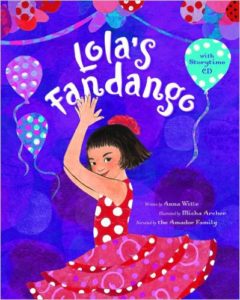
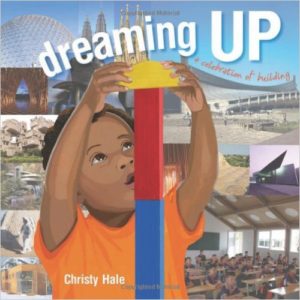 Dreaming UP: A Celebration of Building
Dreaming UP: A Celebration of Building AQ*
AQ* 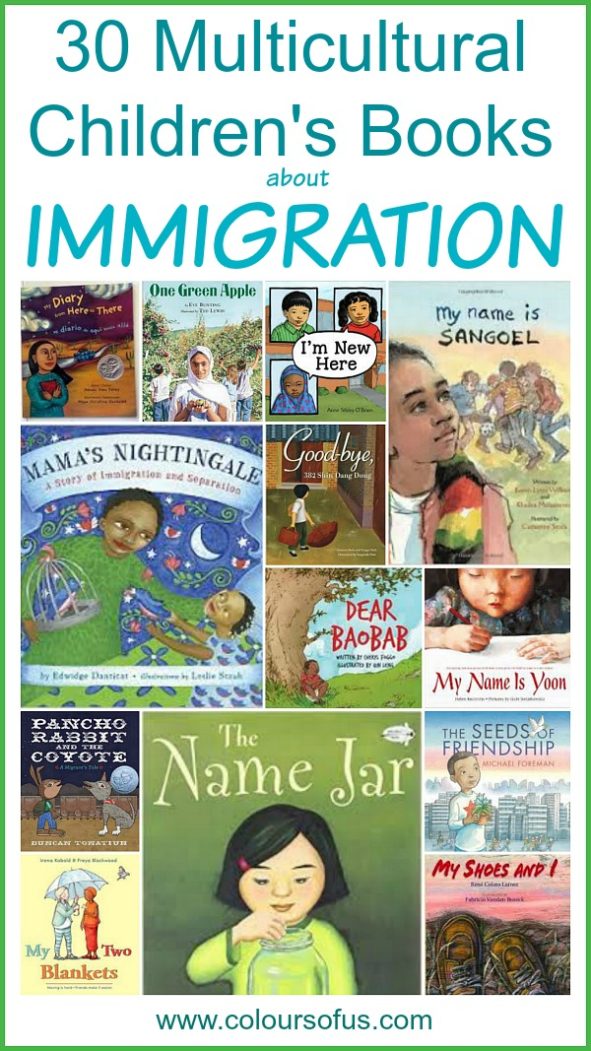
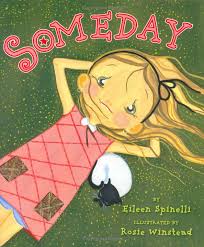
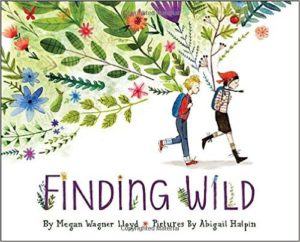
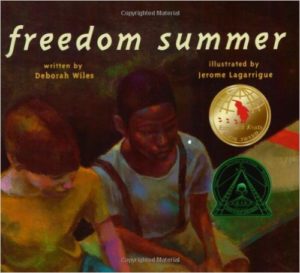
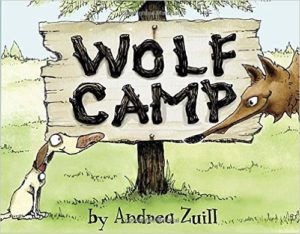
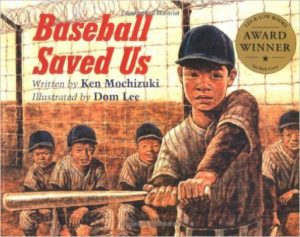
 For families with teens,
For families with teens, 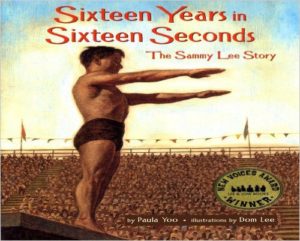
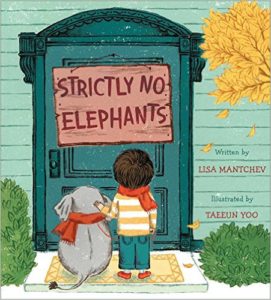 Strictly No
Strictly No 
 We All Sing in the Same Voice
We All Sing in the Same Voice 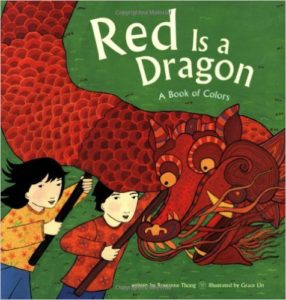
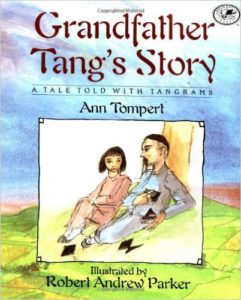
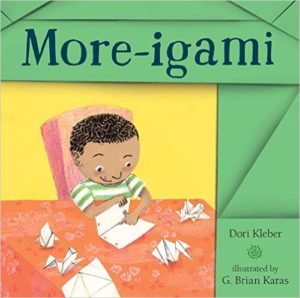

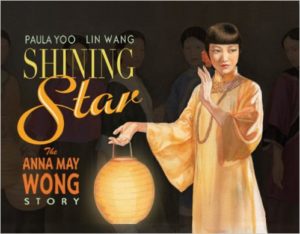 Shining Star: The Anna May Wong Story
Shining Star: The Anna May Wong Story 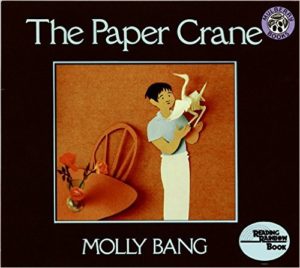
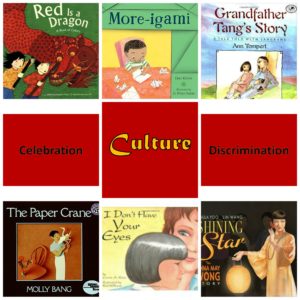
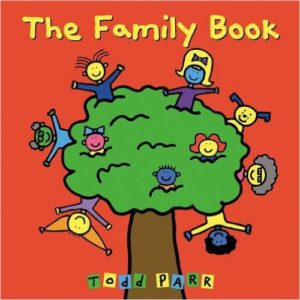
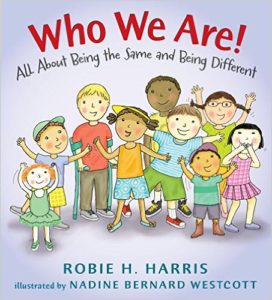

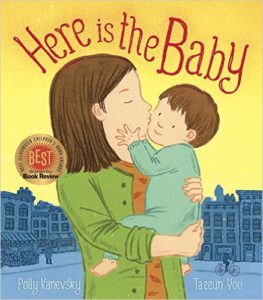

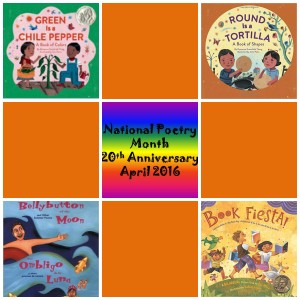 Both
Both 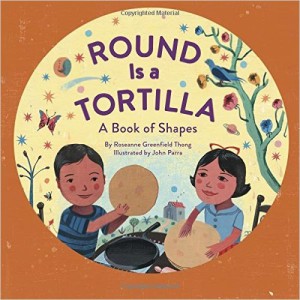 Both
Both 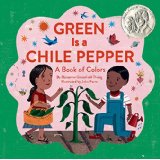 Similarly,
Similarly, 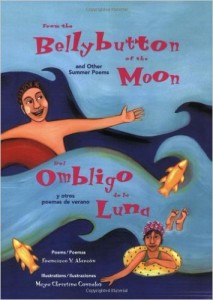 Alarcón’s
Alarcón’s